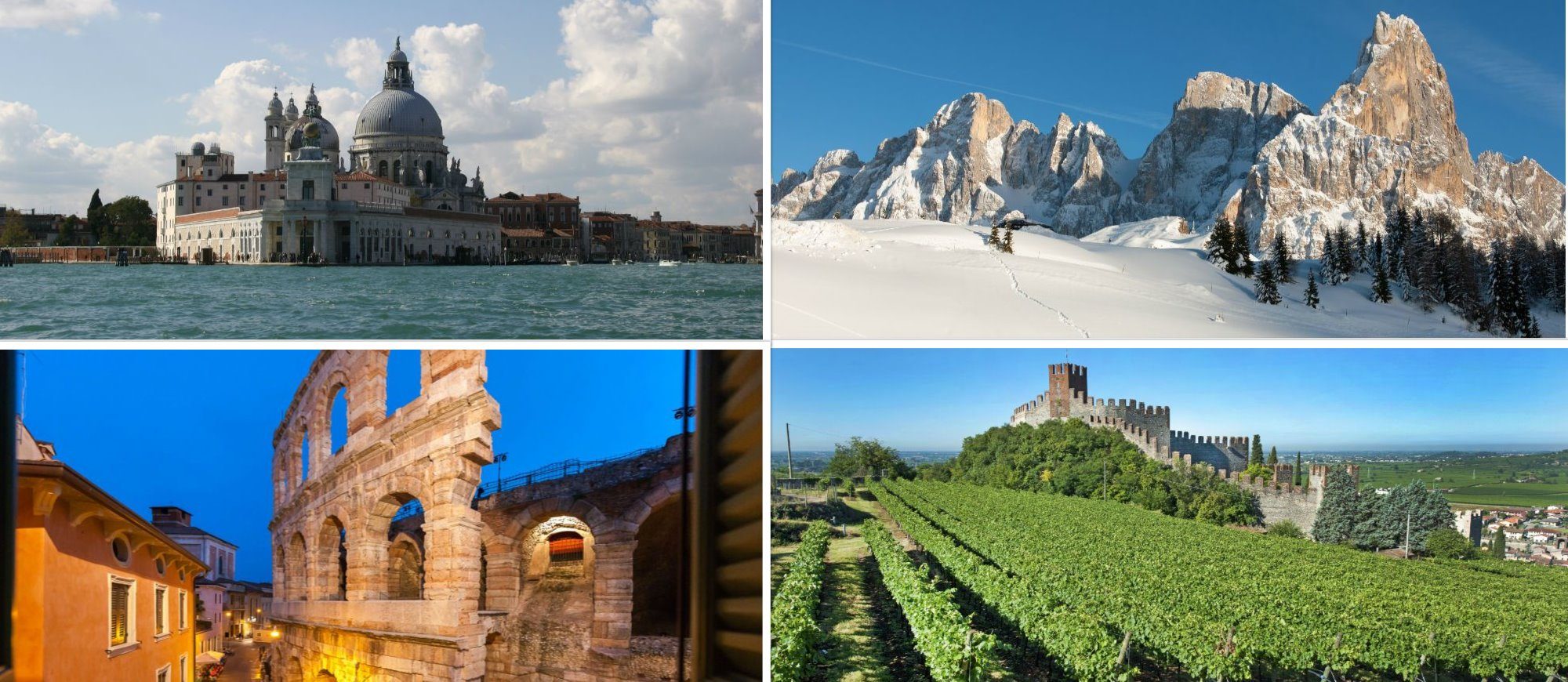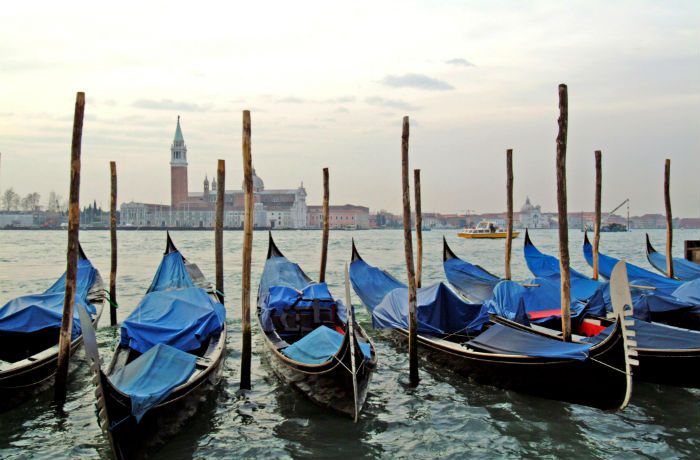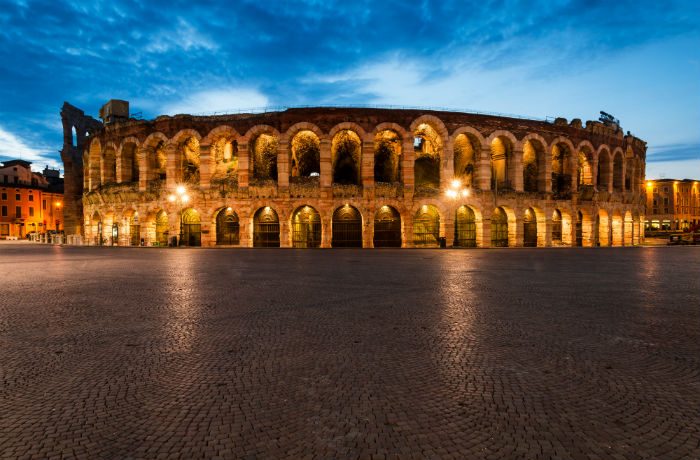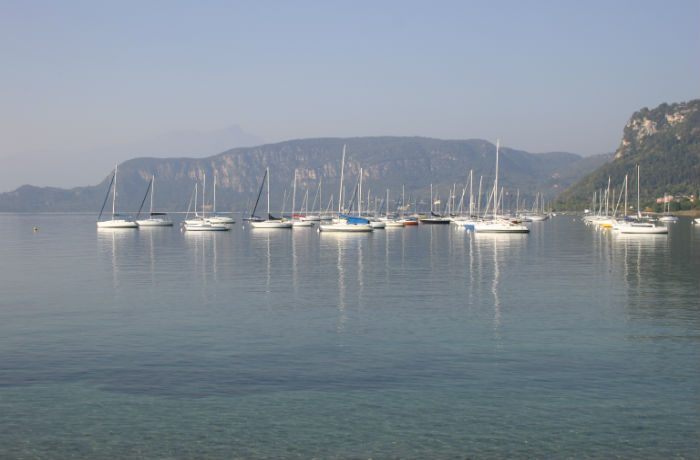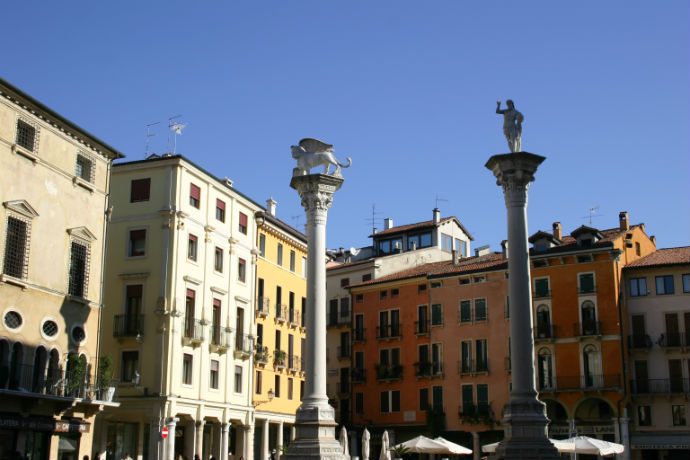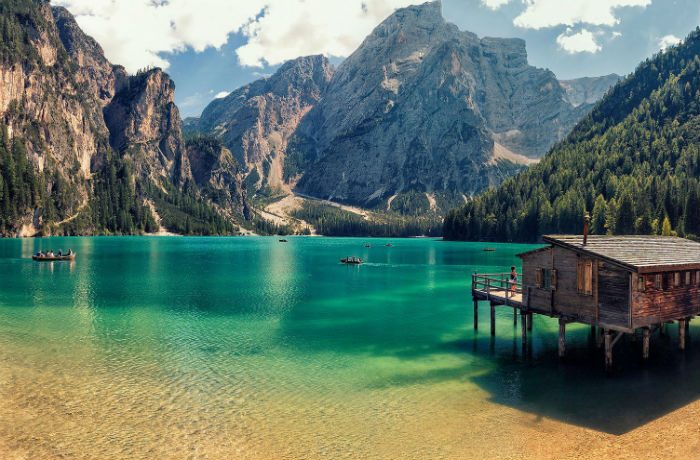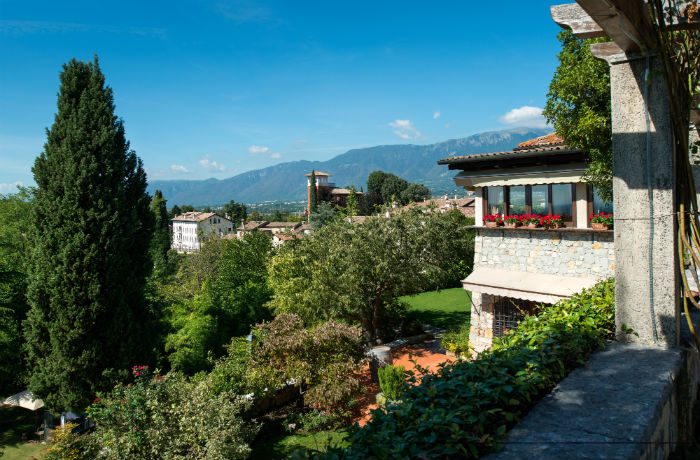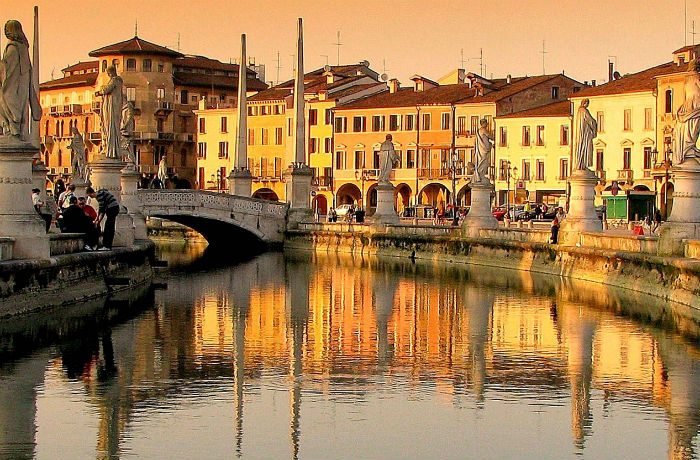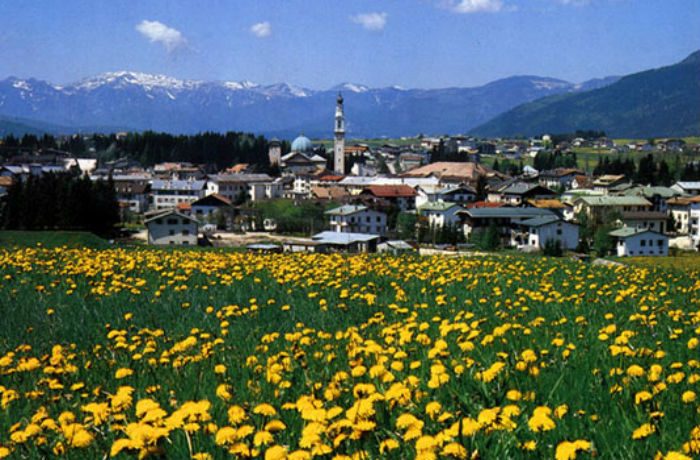ASOLO
This place oozes romance out of every cobble and window shutter. Asolo’s landscapes are familiar to art lovers from the work of Titian, Giorgione and Canaletto. The poet Robert Browning fell in love with the place and moved here, devoting his final work, Asolando, to his adopted home. The 16th-century cardinal Pietro Bembo hailed it as the Town of a Hundred Horizons, and the name has stuck.
Since the 14th century and the days of the Serenissima (“the most serene republic”), when Queen Caterina Cornaro reigned from her castle at the heart of it all, the town has been the Venetian’s favourite countryside retreat. On Sundays, they close the centre to all traffic and set up a market selling antiques, olive oil and honey. Bands play, children eat ice cream by the fountain in the main square and their parents enjoy lunch at Caffé Centrale where the dining chairs are all emblazoned with the names of Asolo’s late, legendary residents: Browning, Queen Cornaro, Hemingway.
The Villa Cipriani, one of the places to stay in the centre also boasts celebrity patronage. Browning, himself, once owned it, then Giusseppe Cipriani of Harry’s Bar fame and then, for a time, the Guinness family. In the hallway outside one of the first floor bedrooms of this wood-beamed patrician mansion hangs a hazy, soft-focus photograph of our own late Queen Mother who booked herself in for a stay in the 80s when visiting another world famous Asolo settler, the explorer Freya Stark.
Read More
